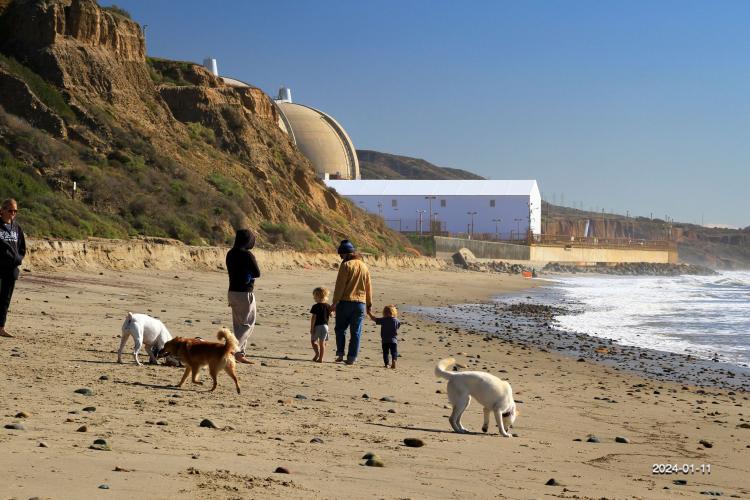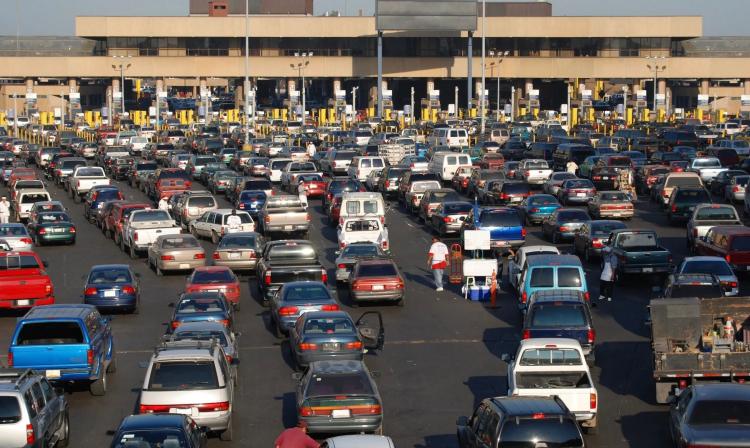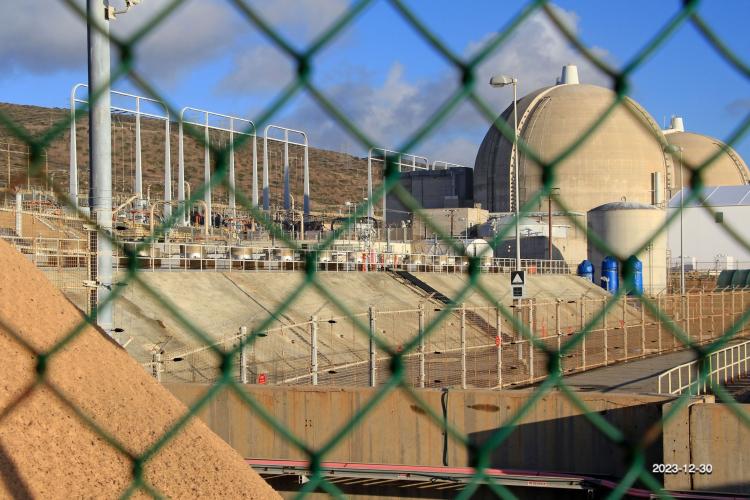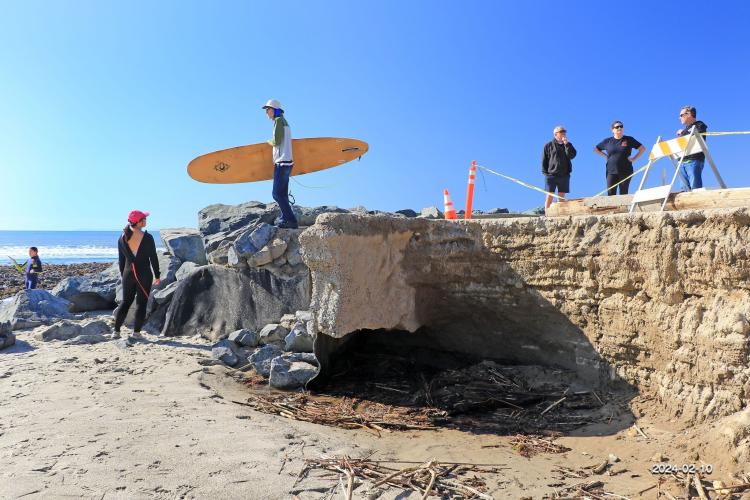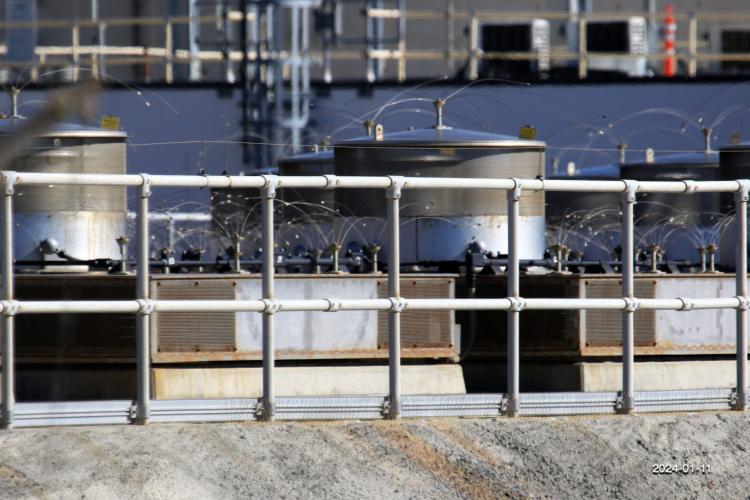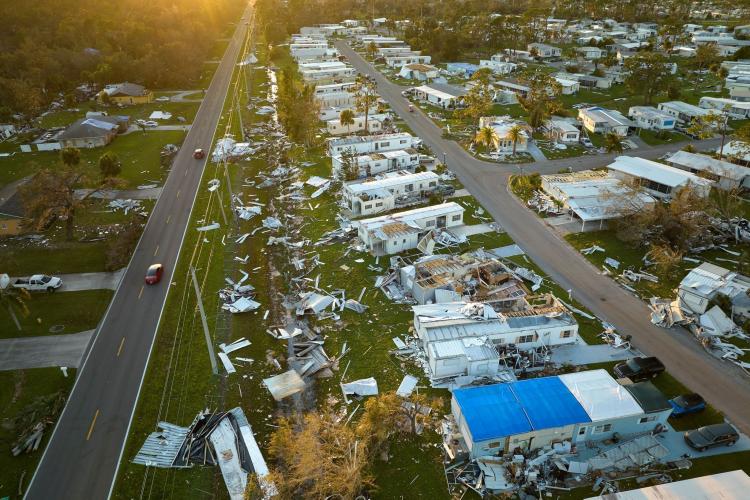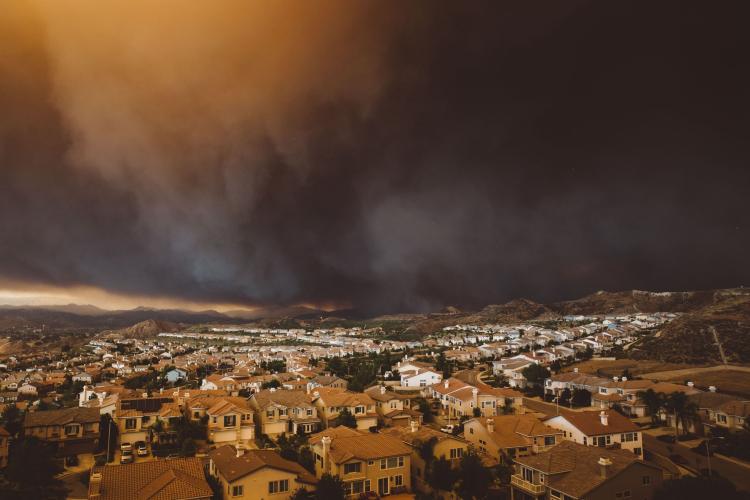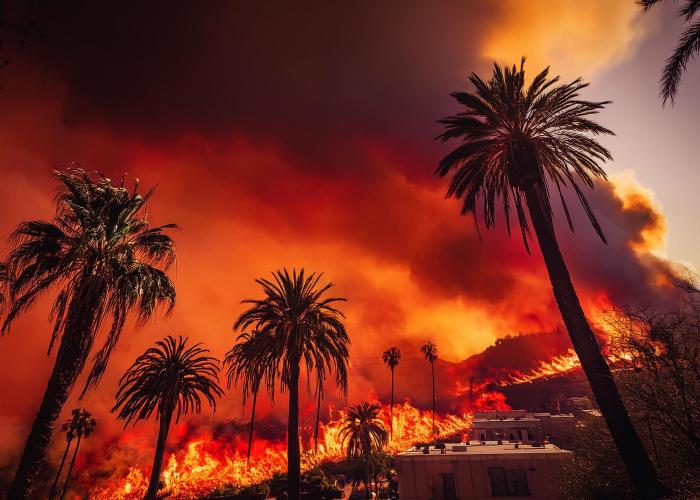
Speaker at conference
African serious speaker speaking into the microphone at the table during press conference at office
Forty-three years after Congress promised a solution, the United States remains trapped in an expensive stalemate over nuclear waste disposal. Despite President Trump's recent executive orders calling for a "recommended national policy to support spent nuclear fuel management" within 240 days, decades of political reversals have left 89,000 metric tons of radioactive waste scattered across 75 sites with no permanent solution in sight.
Political gridlock and policy reversals leave 89,000 metric tons of nuclear waste in limbo while taxpayers pay billions
The human and financial costs of this paralysis mount daily. Taxpayers have already paid over $5 billion through the Treasury's Judgment Fund to compensate utilities for the government's broken promises, with total liability estimates reaching $22.6 billion. Every American adult now owes nearly $100 for federal nuclear waste failures.
The 1982 Nuclear Waste Policy Act required the Department of Energy to begin accepting waste by 1998, with utilities paying $750 million annually into a disposal fund that now holds over $52 billion. Yet not a single ounce of commercial nuclear waste has been permanently disposed of.
Recent Supreme Court rulings have cleared the way for temporary storage facilities in Texas and New Mexico, but both states' governors, Republican Greg Abbott and Democrat Michelle Lujan Grisham, lead bipartisan opposition. "Texas will not become America's nuclear dumping ground," Abbott declared, while Interim Storage Partners announced it won't proceed without state consent.
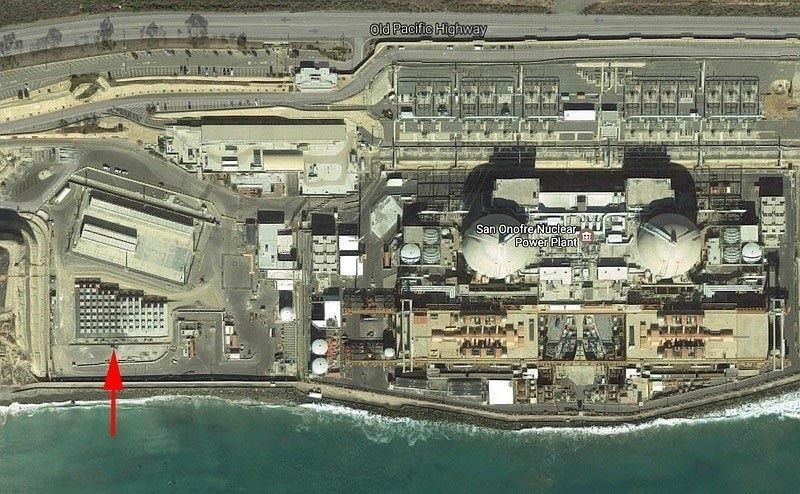
Aerial view of San Onfre nuclear power plant.
Aerial view of the San Onofre Nuclear Generating Station (SONGS) is a permanently closed nuclear power plant located south of San Clemente, California, on the Pacific coast, in Nuclear Regulatory Commission Region IV.

Aerial view of San Onfre nuclear power plant.
Aerial view of the San Onofre Nuclear Generating Station (SONGS) is a permanently closed nuclear power plant located south of San Clemente, California, on the Pacific coast, in Nuclear Regulatory Commission Region IV.
Policy Whiplash Across Administrations
The Yucca Mountain saga epitomizes federal dysfunction. After investing $15 billion in studies, scientific and technical concerns about the site's long-term viability led to the project's suspension in 2010. Trump initially requested $120 million to restart licensing, then tweeted in 2020 that he "heard Nevada on Yucca Mountain" during his re-election campaign.
Now, Project 2025, the Heritage Foundation blueprint closely aligned with Trump's policies, calls nuclear waste disposal "essential" to promoting nuclear power, potentially reviving Yucca Mountain despite Nevada's fierce opposition.
The Nuclear Renaissance Paradox
Trump's latest executive orders aim to quadruple U.S. nuclear capacity from 100 GW to 400 GW by 2050, requiring "reform" of the Nuclear Regulatory Commission's "overly risk-averse culture". The administration plans to deploy advanced reactors at military installations and designate AI data centers as "critical defense facilities" powered by nuclear energy.
This ambitious nuclear expansion creates a fundamental contradiction: dramatically increasing radioactive waste production while lacking any permanent disposal solution for existing waste. The current stockpile of 89,000 metric tons already challenges storage capacity, yet proposed expansion could generate thousands of additional metric tons annually.
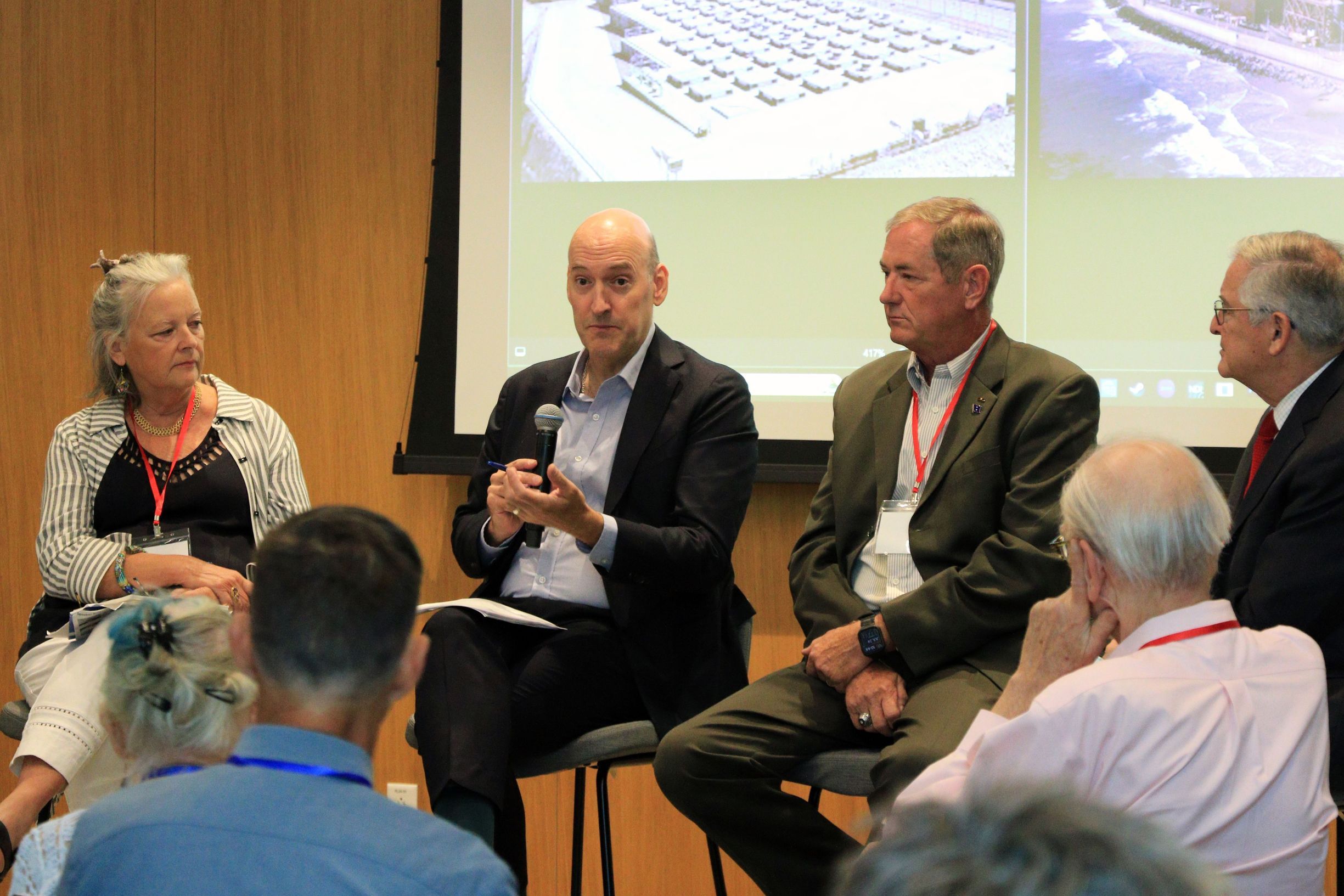
2024-07-24 Symposium: Stephanie Cooke, Greg Jaczko, Len Hering, Sr. an
Diane Edmonds
Stephanie Cooke, Former Chair of NRC Greg Jaczko, Admiral Len Hering, Sr. and Mayor of Irvine Larry Agran discussing the dangers of nuclear waste at SLF's Radioactive Waste Symposium in 2024

2024-07-24 Symposium: Stephanie Cooke, Greg Jaczko, Len Hering, Sr. an
Diane Edmonds
Stephanie Cooke, Former Chair of NRC Greg Jaczko, Admiral Len Hering, Sr. and Mayor of Irvine Larry Agran discussing the dangers of nuclear waste at SLF's Radioactive Waste Symposium in 2024
The Real Price of Inaction
Industry estimates suggest total taxpayer liability could reach $50 billion, assuming continued federal default, or up to $82 billion if Yucca Mountain fails completely. Meanwhile, reactor operators have filed dozens of lawsuits seeking $6.4 billion in damages, with $956 million already paid and another $170 million spent just defending the government.
The waste stockpile continues growing as the Nuclear Regulatory Commission extends reactor licenses and approves new plants, with total waste already approaching Yucca Mountain's 70,000 metric ton legal capacity.
A Fundamental Question of Responsibility
The Biden administration began examining "consent-based siting" for interim storage, but it remains unclear whether Trump will continue this approach. Nuclear policy experts note that Congress could act on this "nonpartisan—and overdue—policy issue" that transcends political divisions.
The central question facing policymakers is straightforward: How can the nation responsibly pursue nuclear expansion while the existing waste legacy remains unresolved? Sound stewardship requires addressing current obligations before creating new ones.
Communities nationwide bear the burden of this policy disconnect. As waste accumulates and costs mount, the disconnect between ambitious expansion plans and waste management reality becomes increasingly untenable.
Until federal leaders prioritize permanent solutions for existing waste before authorizing new nuclear capacity, America's nuclear waste crisis will only compound, leaving future generations to manage an ever-growing radioactive legacy without adequate infrastructure or funding
Sources: White House Executive Orders, Supreme Court decisions, Congressional Budget Office, Department of Energy financial reports, Nuclear Regulatory Commission documentation
